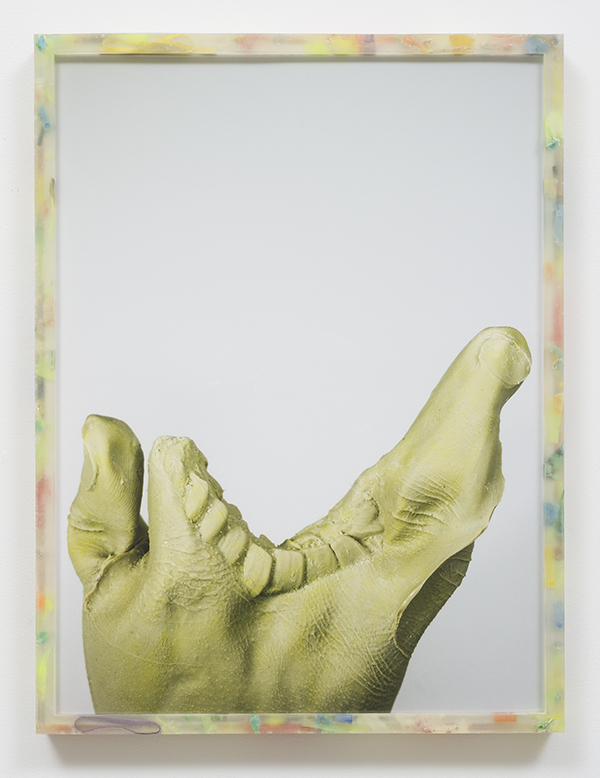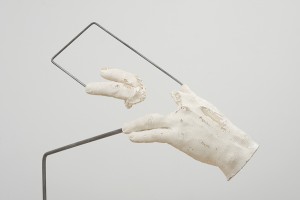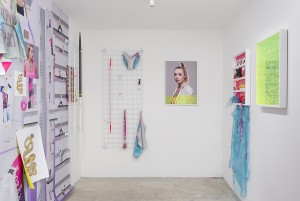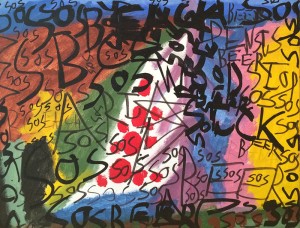Your cart is currently empty!
Breakfasting in the Ruins

Our eyes are drawn to remnants and remains in recent years – the ancient, outmoded, rejected, the discarded; remnants of the industrial 19th century, the post-industrial 20th, even the proto-digital cyber age that preceded the present within the millennial memory bank. We keep looking ahead, but as macro-events and technology whisk the future into the present at accelerating speeds, we find the present evaporating before our eyes, the past receding further behind us into something already diminished by the brevity and insubstantiality of our contact, and the more distant past still more sketchily, skeletally rendered, or, alternatively, radiant with the quasi-fictitious glow of a saudades. (‘Wouldn’t yesterday have been wonderful, but for….?’)
 We see a future of both overwhelming grandeur and appalling scarcity rushing towards (and right past) us – rendering some number of us entirely superfluous if not obsolete. We didn’t know we were dinosaurs, until we all but recreated their world with their remains. It’s an absurd vision, whether observed in the flesh (or earth or something inorganic) at ground level or on a screen through something entirely (or at least partially) synthetic.
We see a future of both overwhelming grandeur and appalling scarcity rushing towards (and right past) us – rendering some number of us entirely superfluous if not obsolete. We didn’t know we were dinosaurs, until we all but recreated their world with their remains. It’s an absurd vision, whether observed in the flesh (or earth or something inorganic) at ground level or on a screen through something entirely (or at least partially) synthetic.
You had a sense of an intriguing tango of these contrasting ways of observing, recasting and reenvisioning this landscape in two solo shows that opened last week-end at ltd Los Angeles. Anton Lieberman’s Dog’s Breakfast clearly begins at ground level. One could almost say, ‘ground-zero’ – it’s a post-apocalyptic vision rooted in both mundanity and abstraction. The objects pose a non-linear sequence of questions. Crucially: how did we arrive at this state? What are the conditions? Is there a viable organism or organic element? (And – which may or may not be related – is it possible to (re)organize?) What exactly might we do with it? There’s a blur between flesh and earth. Is a hewn and hacked-up flesh-colored object a ‘torso,’ a ‘tree-stump,’ or something found off the ‘shoulder’ of a road (and almost certainly useless)? (In “Oh Man,” the hunk of putty or resin is surmounted by a denture delicately balancing inverted stepped pyramids.) Is ‘biting the hand’ a means of survival or the new evolution? Lieberman’s “Portrait” of these “Sick Digits” gives us a dinosaur impression for this century. Another hunk rolls alongside an apparently modular reptilian segment. In an environment where the zero-sum end of the ‘algebra of need’ is plainly manifest, Lieberman proposes a trigonometry of thirst (or buzz or both), “Three Point Miller System,” an antenna or wigwam of steel hardware, glass and, uh, beer.
 Margaret Haines gives us an evolved ‘post’-human domain viewed through the medium of a fashion designer’s mood or inspiration board and its projection through fashion, accessories, and promotional media and performance. The installation, Spring-Summer X fiLLes x COCO, is part of a larger Coco project, that includes a film, Coco, that will screen July 7th at Human Resources. We’re all remnants in this domain – endlessly available for recycling and reconfiguration – as any good accessory should be. Contingent, ‘choreographed,’ and of course conflicted. A silk tank seems to dissolve in front of us. There’s even a gold chain with a USB ‘charm,’ created with the jewellery designer, Arielle de Pinto, which holds a small Coco media anthology. The generational blur swims before us by way of synthetic materials, messages, and personalities (everyone from Madonna to Britney Spears to Balenciaga).
Margaret Haines gives us an evolved ‘post’-human domain viewed through the medium of a fashion designer’s mood or inspiration board and its projection through fashion, accessories, and promotional media and performance. The installation, Spring-Summer X fiLLes x COCO, is part of a larger Coco project, that includes a film, Coco, that will screen July 7th at Human Resources. We’re all remnants in this domain – endlessly available for recycling and reconfiguration – as any good accessory should be. Contingent, ‘choreographed,’ and of course conflicted. A silk tank seems to dissolve in front of us. There’s even a gold chain with a USB ‘charm,’ created with the jewellery designer, Arielle de Pinto, which holds a small Coco media anthology. The generational blur swims before us by way of synthetic materials, messages, and personalities (everyone from Madonna to Britney Spears to Balenciaga).
The two shows make for an interesting loop – almost a Möbius strip: what will become what finally becomes of us?
Then there’s the kind of artist whose mindset itself seems locked in such a loop, the single-side/single-edge closed curve poised between mathematical paradox and madness. Noah Erenberg’s first art work manifested as a compulsive repetitive scrawl of graffiti (graffilia?) or appropriated verbiage, but over time (he has been producing art for something approaching 20 years now) the work has evolved compositionally and chromatically into something extraordinarily expressive. You can trace something of this evolution in the selection of work on view at The Good Luck Gallery. The modulating clouds of color (mostly primaries and bright secondaries) that don’t quite contain the cascading words and letters give way to more focalized masses of color and expressive brush strokes assembled into geometries both abstract and imagistic. More recently, he has produced portraits of totemic, almost explosive power. Erenberg, who is probably the most famous of the outsider artists the Good Luck Gallery has shown to date, works within the autistic spectrum; but his work stands easily with the best contemporary expressionistic painting being produced today.
This is the last week-end to see the show. (A closing reception will be given Saturday evening (June 28th). It should not be missed.

Comments
2 responses to “Breakfasting in the Ruins”
Thanks for including Noah Erenberg’s painting show at The Good Luck Gallery as a “not to be missed” show. We’re having a closing reception this Saturday, June 28, 7 – 10 and everyone is welcome. http://www.thegoodluckgallery.com
A pleasure — Erenberg deserves a stand-alone post. The show (as you know rather well) has such power and originality. (But it’s nice to have company — &, as Lieberman & Haines seem to indicate, we may all have a much clearer notion of Erenberg’s working ‘spectrum’ before this century is out.)